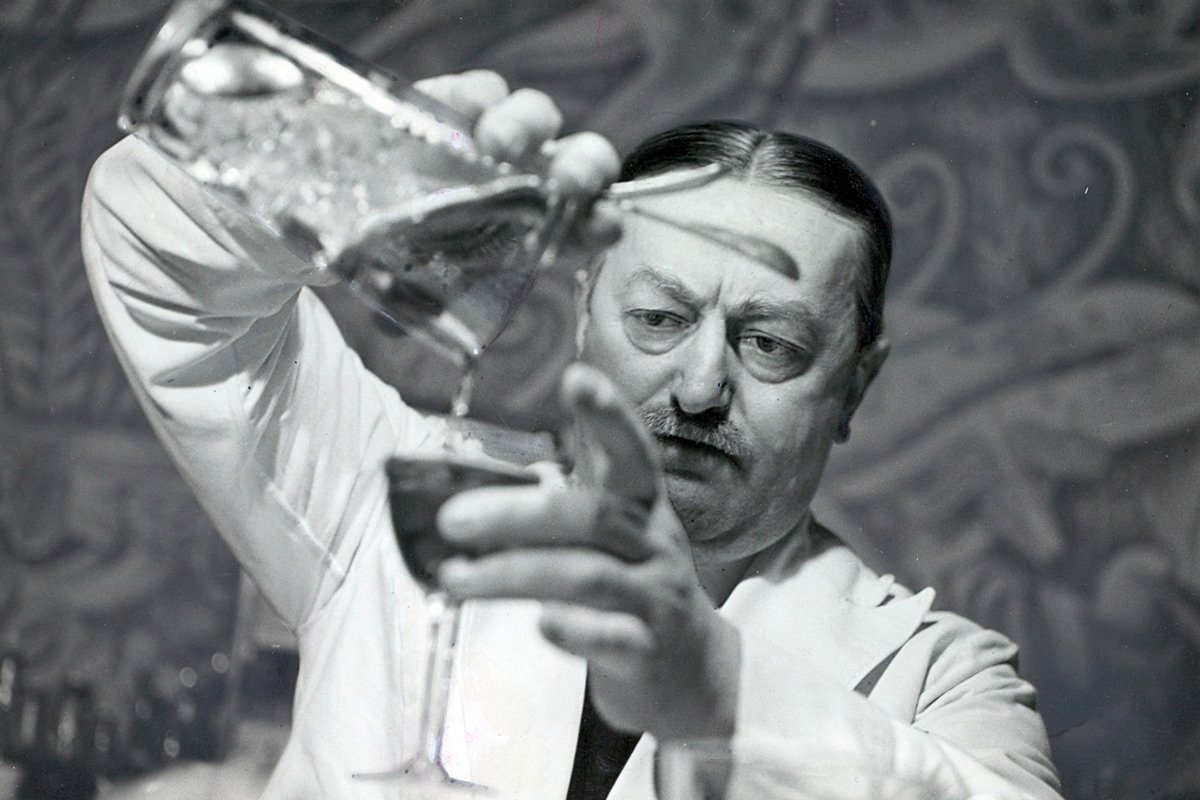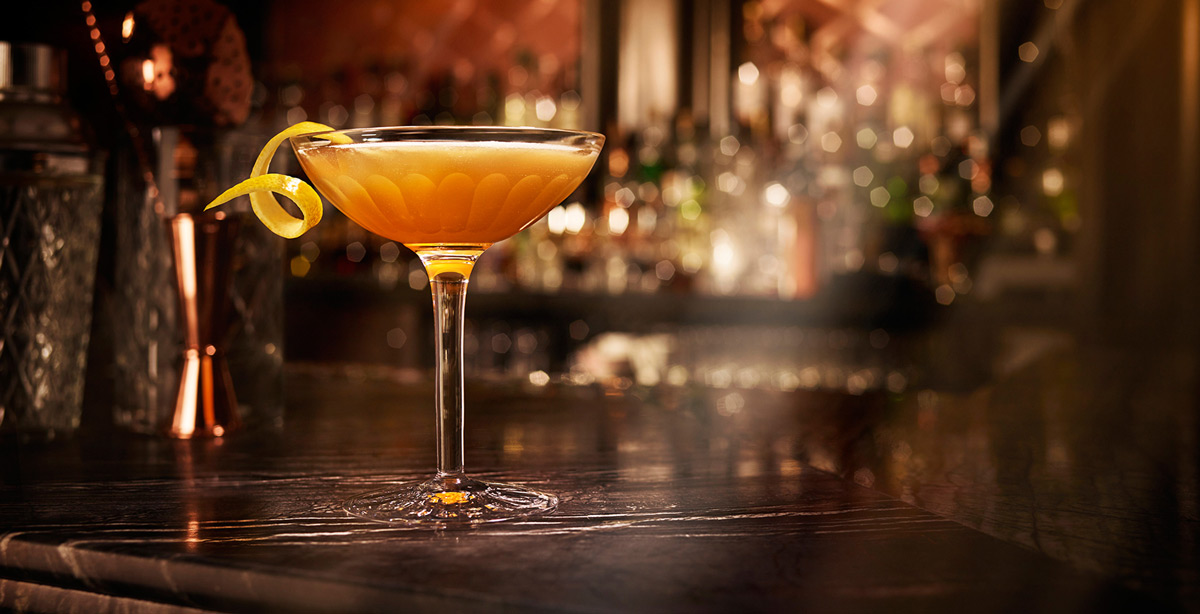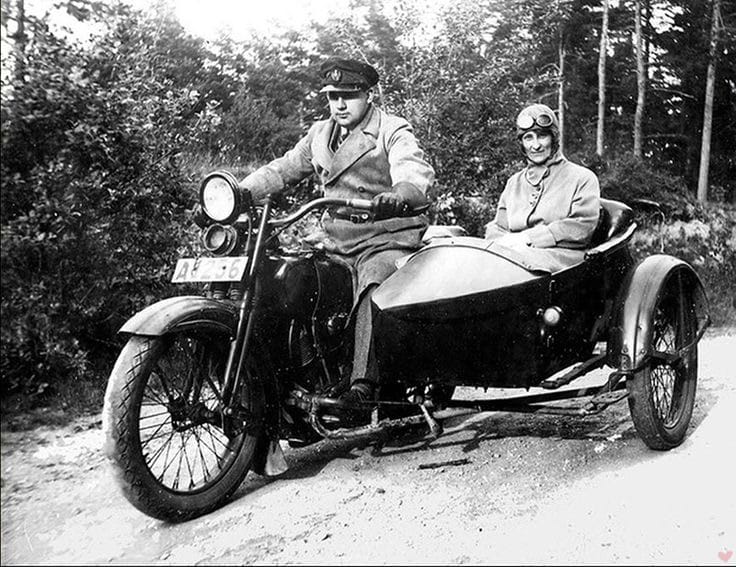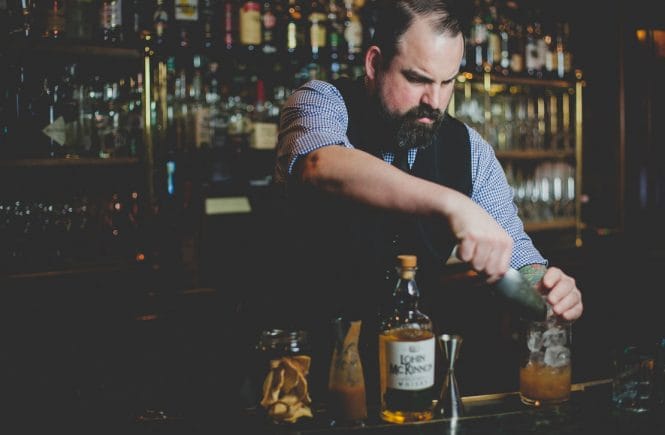The Sidecar cocktail is a sophisticated, classy concoction, so why is it so often overlooked?

The Sidecar is one of the great Prohibition-era classics, a boozy-but-vibrant three-ingredient cocktail that fulfills our desire for both the depth of brown spirits and the bright acidity of citrus. It should be a rock star among cocktails, yet where Old Fashioneds, tiki drinks and even the horrible Gimlet have made their comebacks, the Sidecar has somehow eluded its just recognition amid the modern cocktail revival.
It’s time for that to change.
An elegant concoction of Cognac, Cointreau and lemon juice, shaken and served up in a sugar-rimmed coupe, the Sidecar is easy to make and even easier to enjoy. But cocktail snobs disdain it because so often it goes terribly wrong: too sweet, too sour, too strong, too weak or, worst of all, mutilated with soda, ginger ale or 7Up. When it is prepared with restraint and top-notch ingredients, though, nothing could be better.
Cocktail snobs disdain it because so often it goes terribly wrong: too sweet, too sour, too strong, too weak or, worst of all, mutilated with soda, ginger ale or 7Up.
It is said that the Sidecar was invented in 1923, at the Ritz Hotel in Paris by Frank Meier, the hotel’s first head bartender. It is also said that it was invented in 1922, at Harry’s New York Bar in Paris by the great Harry McElhone.
The Ritz is pretty adamant about being its source. You can still get a Sidecar at the Ritz’s Bar Hemingway, where it is shaken by the legendary Colin Field, who is so graciously charming you almost don’t mind handing over 30 euros for a couple ounces of liquor.

Both the Ritz and Harry’s claim the drink was inspired by a regular customer — usually identified as an American army captain — who liked to ride in the sidecar of a motorcycle. Or maybe he drove a motorcycle with a sidecar. It’s a bit unclear. But everyone knows it involved a motorcycle and a sidecar.

Except maybe it didn’t. Dale DeGroff, the New York bartender who kickstarted the cocktail revival back in the 1990s, insists in his book The Essential Cocktail that it is actually a bit of bartender slang for the excess left in a cocktail shaker, which the bartender pours into a shot glass. “That little glass is called a sidecar,” he writes.
Oh, and by the way, he adds, even though the Sidecar may have been invented in Paris in the 1920s, it evolved from a much older New Orleans drink, the Brandy Crusta (Cognac, Cointreau, lemon juice, maraschino liqueur, bitters, served in a sugar-rimmed glass), which dates back to the 1850s.
So, how did the Sidecar go so wrong? Cheapness and laziness, mostly. In other words: sweet-and-sour mix and bad brandy.
Cocktail historian David Wondrich points out that when the Sidecar was first invented, even the least expensive VS (Very Special) Cognac was made with much older eaux de vie than it is today. To get that same depth and intensity of flavour now, you’d need to use XO (Extra Aged) Cognac, which runs about $250 a bottle. Either that, or do what most bartenders do and double the amount of brandy.
In any case, the key is to use the best quality ingredients you can afford. If you do, you will find yourself falling in love with one of the greatest classic cocktails of them all. It’s about time for its comeback, don’t you think?
SEXY BEAST: “The luminous, golden-straw colour, the perfectly controlled sweetness, the jazzy high notes of the citrus against the steady bass of the brandy… This is a drink whose suavité is beyond question — it’s the Warren Beatty of modern mixology.” —David Wondrich
—by Joanne Sasvari




